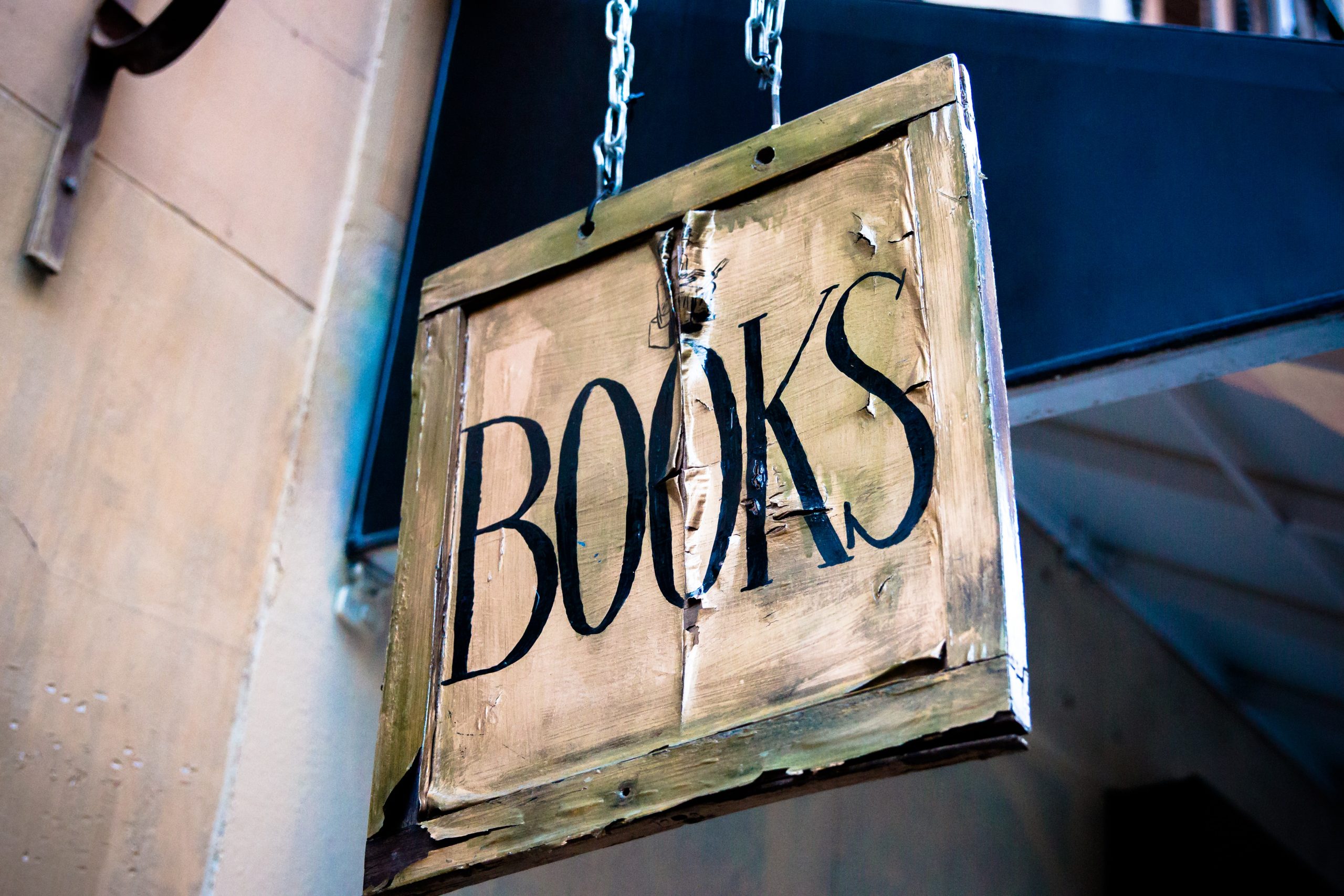“StoryGraph is way better!” attests TikTok creator @amivireads, who goes on to tout the platform’s many special features: “[It’s] owned by a Black woman. It has trigger and content warnings on every book, [and] the interface is way better!” In contrast to the leading book logging site Goodreads, The StoryGraph has added an array of cataloguing functions, nudging even the most avid Goodreads users to make the switch to the new site.
The lack of updated software isn’t the only thing making bibliophiles question their attachment to Goodreads.
Goodreads is Owned by Amazon
Jeff Bezos, founder and executive chairman of Amazon, has long been the book community’s public enemy No. 1. Bezos’ extended Amazon Inc. universe includes not only Goodreads but also Audible, the leading online audiobook service, and Amazon Publishing. This monopoly over reading dates back to the early days of Amazon and is, in large part, the reason Amazon has become the megacorporation it is today.
“Amazon … built their empire on the backs of readers. Readers were their first and most ardent supporters and in return they’ve done everything they can [to] destroy reader culture and community.” Blogger Mandy Shunnarah is one of many bookworms who has become disenchanted with the company that originally set out to make reading more affordable and accessible.
After years of selling books under market value prices and “taking losses on its book sales so that it can make more money selling other stuff,” Amazon outcompeted small bookstores across the United States. This became an especially pressing issue at the peak of the COVID-19 pandemic, during which local bookstores failed to draw in customers while consumers flocked to amazon.com to find quick reads sent directly to their homes.
Many readers are now repulsed by Amazon after the company’s destruction of the indie bookstore industry. This loathing is only exacerbated by the public’s growing mistrust of Bezos as the billionaire continues to amass (and overtly spend) his fortune.
As a result, booklovers have set out to become more conscious of their reading habits, choosing to actively avoid Amazon when buying their books. And now, with the introduction of The StoryGraph, readers can cut Amazon out of their book logging as well.
But Is StoryGraph Really Worth the Switch?
Social media users are buzzing with enthusiasm over The StoryGraph. One TikToker @mearaisreading enthusiastically recommends readers to join the great migration to the new platform, arguing that the site “is much more user-friendly” and gives “really good recommendations based on what you’ve already read and what’s in your to-be-read pile.”
The overall format of The StoryGraph is similar to Goodreads’, making it easy to learn for ex-Goodreads users. The application allows readers to log and rate their books, interact with friends on the site’s community page and set reading challenges. Plus, the new interface includes a feature that can transfer past data from Goodreads, allowing booklovers to pick up their book logging where they left off.
Rating and posting are just the tip of the StoryGraph iceberg. The online reading platform also offers startlingly in-depth analyses of users’ reading habits. By scrolling over to the “stats” tab on their profile page, readers get a full evaluation of their online library broken down by mood, pace, length, genre, rating, etc. This function can even be upgraded, for a monthly fee, to provide more advanced statistics.
Another bookworm-approved feature of the StoryGraph interface is the option to give books half or quarter star ratings, as opposed to Goodreads’ one through five-star scale, which only allows for whole numbers. With the addition of the half/quarter star function, users no longer need to clarify their exact rating in the comment section of their reviews.
While reviewing their books on StoryGraph, readers are also presented with a list of questions to help streamline the posting process and provide more accurate recommendations for other users. The platform prides itself in its ability to give high quality book suggestions to its growing client base.
The one place The StoryGraph falls short is its lack of users. Social media sites aren’t the same without community and for this reason, StoryGraph feels a bit barren compared to Goodreads. StoryGraph doesn’t have its own book awards like the Goodreads’ Choice Awards nor does it host many authors with personal StoryGraph accounts.
But what StoryGraph lacks in community, it makes up for in customization. The website’s user homepage is tailored to pinpoint readers’ exact tastes and give recommendations accordingly, which can be found under the “For You” section of the platform. For many readers, this detail is StoryGraph’s “keystone feature,” truly defining it as a “book site” rather than just another social media outlet.
Final Thoughts
StoryGraph really is worth the switch! It’s user-friendly, has lots of useful new functions and it’s independently owned, so no more Amazon guilt. The one thing The StoryGraph still needs in order to become great is more users. When booklovers finally take the leap of faith and move over to StoryGraph, the platform will become the bustling website it was designed to be.
Join the anti-Amazon movement and indulge in StoryGraph’s personalized recommendations by making the switch today!

















